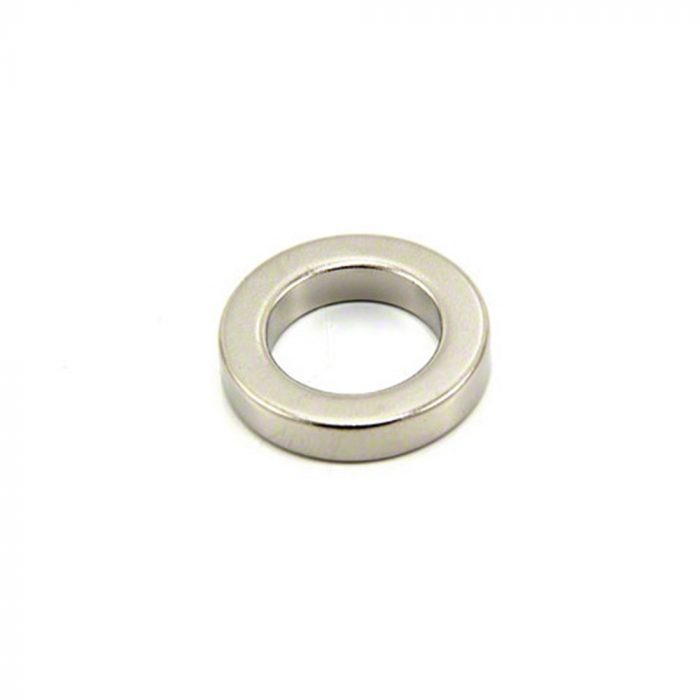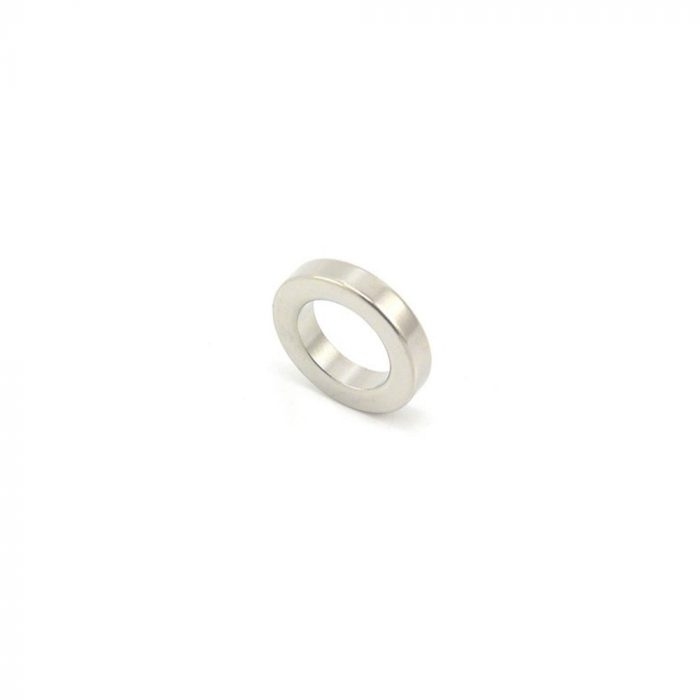Magnets! Aren’t they just amazing – there are many exciting things about magnets that seem to wow people, and sometimes the only explanation you can think of is that it seems to be magic!
The best place you can find out more about magnet-related phenomena is of course through our blog and YouTube.
What Is An Eddy Current?
Despite what some may think, it isn’t named after an individual called Eddie – an eddy current is a spiraling electrical current that is formed in conducting metals like copper and steel. By moving the metal through a magnetic field, or the opposite a magnetic field over the metal, the currents formed to generate and produce a separate magnetic field.
This is similar to that of any current flowing through a conductor. This new magnetic field repels the original magnetic field, therefore creating a damping effect. The strongest point of an eddy current is at the surface of a conducting material and flows in small circles representing ‘eddies’ in a stream – hence the name ‘eddy current’!
Why Does A Magnet Fall Slowly Through A Copper Pipe?
When a magnet is dropped down a thick copper pipe, the magnet will start to descend slower than expected. So what is happening you might ask?
Well, it isn’t classed as witchcraft, but as the magnet falls, the magnetic field is continuously changing and this moving magnetic field then forms the flow of eddy currents on the surface of the copper pipe.
Conducting materials such as copper, create their own magnetic field when some sort of current is passed through them, much like the eddy currents that are formed.
As the magnet is descending through the pipe, the magnetic field created by the eddy currents is resisting the magnetic field that is produced by the magnet. This, therefore, slows it down as it falls through the copper pipe!
How Are Eddy Currents Used?
Apart from cool experiments, showing off in front of your friends, and creating YouTube videos, eddy currents have many practical uses.
If you have ever been on a drop tower or rollercoaster, you have probably experienced eddy currents without realizing it! Have you ever thought about when you are on a ride how do you come to a controlled and safe stop?
Well as displayed in the video above when a magnet is passed through a conductive metal it descends slowly through the pipe. A drop tower or rollercoaster utilizes this exact same method, but just on a much larger scale! If you want to learn more about how magnets are used in roller coasters, we have a whole blog dedicated to understanding their uses – click here to check it out!
Vending machines also use eddy currents to detect counterfeit money. There’s a whole world of science going on within the vending machine that we don’t see. When fake money is placed into a machine it passes a magnet, and because the fake money is made of a conductive material, unlike real money, it is slowed down by the eddy currents formed in the coin and diverted into a rejection shoot.
Possibly, the most important use of eddy currents is their use in material testing. As cracks in the surface of the material will stop eddy currents from forming in the area that is damaged, eddy currents can be used to detect damaged or cracked materials. Particularly useful in the manufacturing of things such as airplanes!

How To Create Your Own Eddy Current Experiment
Looking to demonstrate eddy currents to your friends and family? We recommend using our 25mm O.D x 16mm I.D x 5mm thick N42 Neodymium Ring Magnet with 20.72lbs Pull, our 25mm O.D x 16mm I.D x 5mm thick Unmagnetised Ring, and a copper pipe.
All you will need to conduct this experiment is to make sure your magnet is just large enough to fit in the inner diameter of your copper pipe. This should be wide enough that there are very small gaps on either side of the magnet.
After you have checked your magnet is the correct size, place the magnet at the top of the pipe and allow it to drop. Whilst gravity will pull the magnet down as it falls, the magnetic field created by the eddy current will resist the motion, causing the magnet to fall at a much slower speed. An extra tip to note is the tighter the fit of the magnet within the copper pipe, the slower the magnet will fall!

